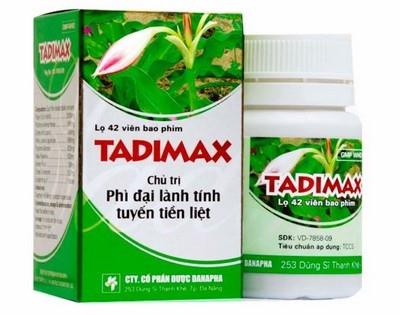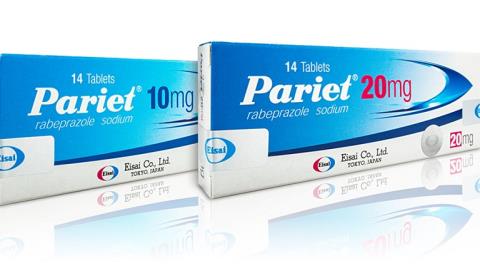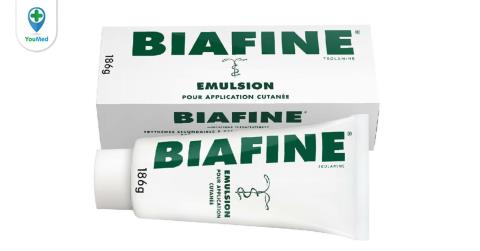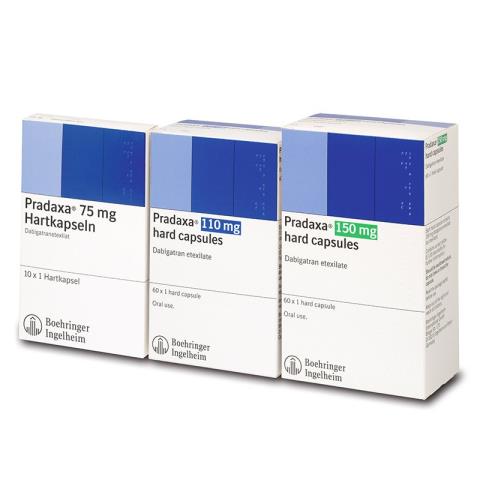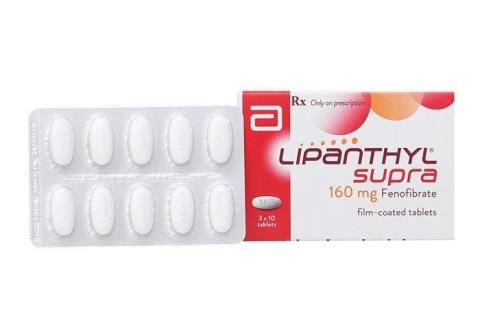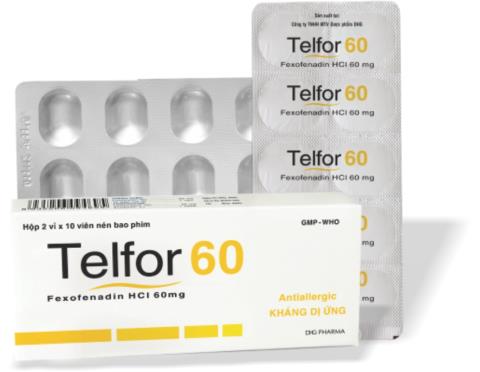Effervescent Paralmax Extra and notes when using

The article was consulted by pharmacist Nguyen Ngoc Cam Tien about Effer Paralmax Extra effervescent tablets for the treatment of mild to moderate pain symptoms.
What is Keytruda (pembrolizumab)? Used in what cases and what should be noted when using. The following article briefly introduces Keytruda (pembrolizumab), let's find out with SignsSymptomsList!
Active ingredient: pembrolizumab
Dosage form & content: solution for intravenous infusion; 100 mg/4ml (25mg/mL)
content
1. What is Keytruda (pembrolizumab)?
The body's immune system has the function of recognizing and destroying foreign cells (cancer cells, mutant cells, etc.). However, some cancer cells have the ability to make the immune system unable to recognize and destroy. Keytruda immunotherapy treatment (pembrolizumab) has been shown to "neutralize" this ability of cancer cells, thereby helping immune cells recognize the cancer cells' attack and destroy them. they.
Currently, the main methods of cancer treatment are still surgery, chemotherapy, radiation therapy, etc. In which, surgery and radiation therapy play an important role in the treatment of some cancers at early stages. - when the tumor is still localized. However, the effectiveness of chemotherapy is still limited and the side effects of chemotherapy often make it difficult for patients to continue long-term treatment.
See more: The treatment methods for liver cancer you need to know
2. Indications for Keytruda (pembrolizumab)
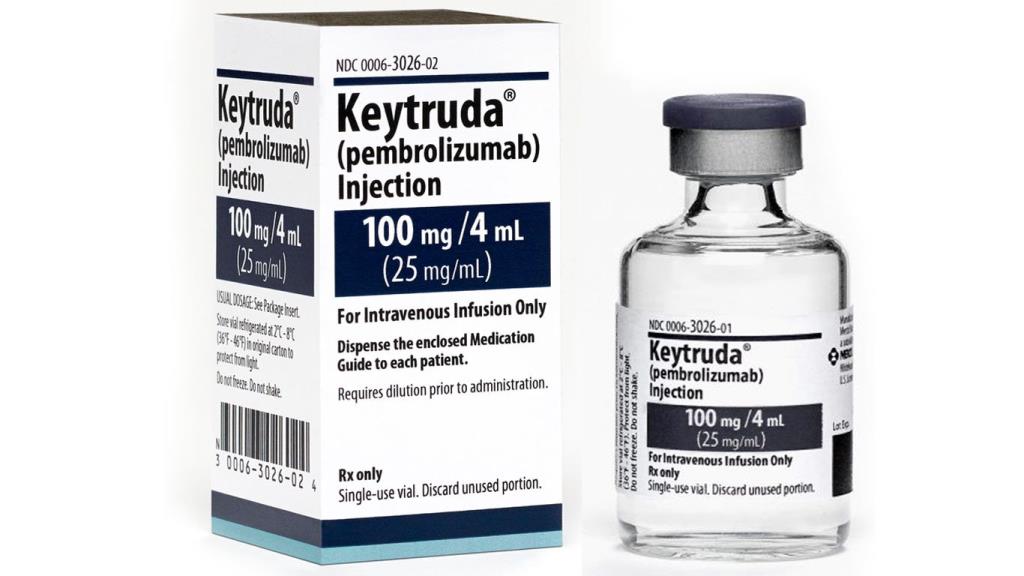
The drug is indicated in the following cases:
3. Instructions for taking Keytruda (pembrolizumab)
The drug must be given intravenously over 30 minutes, not by rapid intravenous injection or intravenous bolus.
3.1. Mixing
3.2. Dosage
Treatment of clinically stable patients with initial evidence of disease progression should be continued until disease progression is established.
Note: Mild to moderate renal impairment, mild hepatic impairment, people ≥ 65 years old: no dose adjustment necessary.
4. Precautions when using Keytruda (pembrolizumab)
5. For pregnant and lactating women
6. Keytruda (pembrolizumab) side effects

Common side effects include itching, rash, cough, fever, nausea, and constipation. Other side effects that occur in about 1% to 10% of people taking Keytruda (pembrolizumab) include:
Where patients experience serious immunological side effects including pneumonia; inflammation of the endocrine organs causes inflammation of the pituitary gland; thyroiditis causing hypothyroidism or hyperthyroidism in different patients; pancreatitis causes type 1 diabetes and diabetic ketoacidosis. In addition, some patients may experience colitis, hepatitis, and drug-induced nephritis.
7. How to store Keytruda (pembrolizumab)
Store in the refrigerator (2°C – 8°C).
Expiry date:
If the medicine is to be stored in the refrigerator, the vials and/or intravenous bags should be left at room temperature before use.
Keytruda drug (pembrolizumab) is a good sign for cancer patients, especially advanced diseases such as metastatic cancer .. can still hope in Keytruda! SignsSymptomsList has informed you the most necessary knowledge when taking medicine. Please read the instructions for use carefully when using the medicine!
Pharmacist Ninh Thi Hoa Huong
The article was consulted by pharmacist Nguyen Ngoc Cam Tien about Effer Paralmax Extra effervescent tablets for the treatment of mild to moderate pain symptoms.
Progestogel (progesterone) 1% is a topical treatment for benign breast pain. Progestogel is also used to treat breast pain caused by fibroids, pain caused by dilated milk ducts, ..
Article by Pharmacist Nguyen Hoang Bao Duy about Tadimax - Crinum latifolium alkaloids, mixed dried herbs, cinnamon and excipients.
What is Pariet (rabeprazole)? How to use the drug to achieve the effect? Please join SignsSymptomsList for an in-depth analysis of the drug Pariet (rabeprazole)!
Biafine is used in the treatment of burns of the 1st and 2nd degree, non-infectious skin wounds. Biafine burn cream also treats redness secondary to radiation therapy.
What is Pradaxa (dabigatran)? How does it work? Let's find out through the article of pharmacist Nguyen Ngoc Cam Tien
Olanzapine is used to treat various forms of schizophrenia, bipolar disorder, or mania. Article by pharmacist Tran Van Thy.
Do you know what disease Lipanthyl is used to treat? How to use the drug, what special attention should be paid to the drug to be effective.
Telfor is indicated for the symptomatic treatment of chronic urticaria of unknown etiology in adults and children...
The article was consulted by pharmacist Nguyen Hoang Bao Duy about Papulex acne products, uses and things to note.

